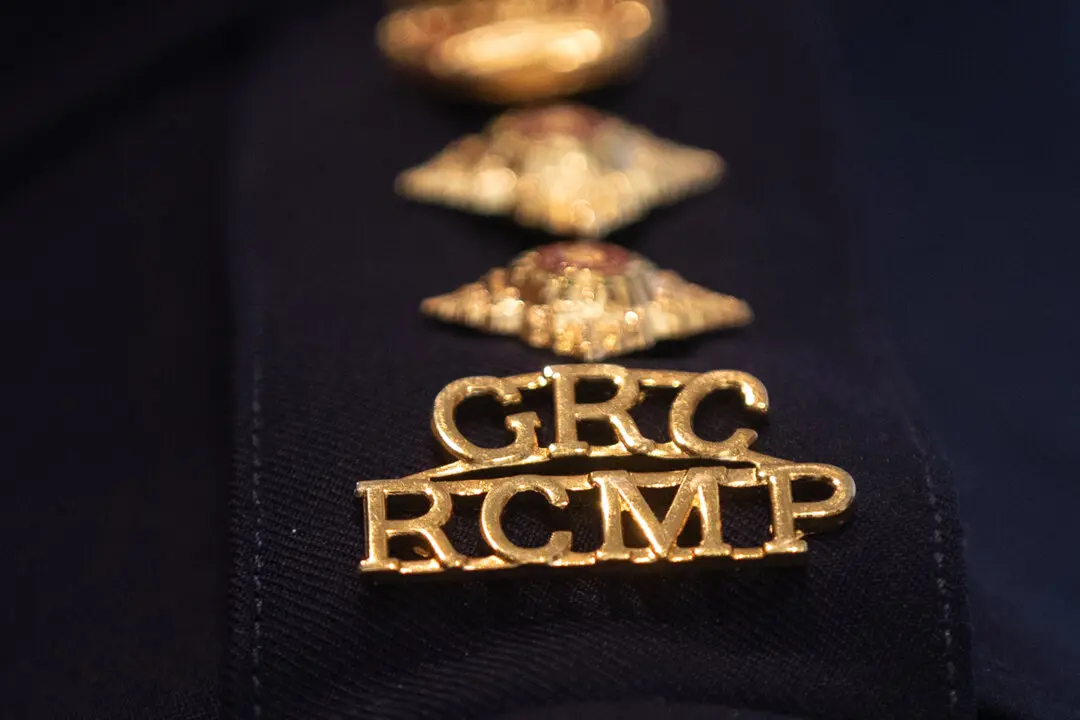Three lakes in Canada have been officially named among the most beautiful in the world.
Condé Nast Traveler magazine has released its list of the top 48 must-see, breathtaking lakes across the globe and Canada was one of the few countries to be mentioned three times.





